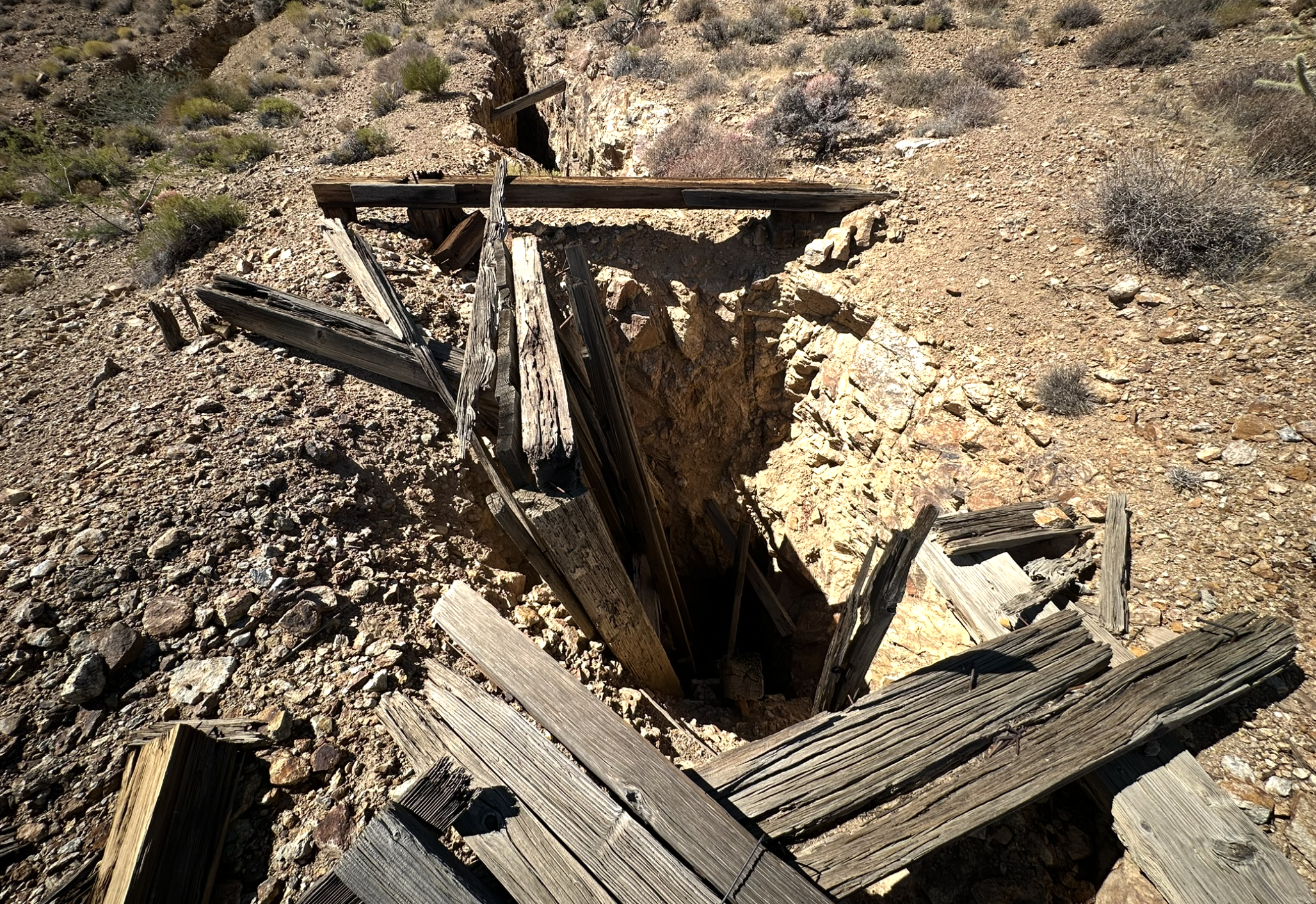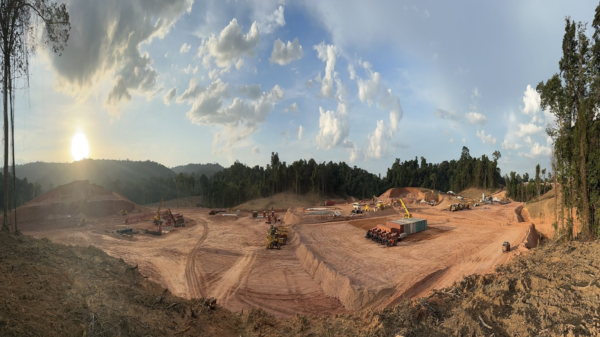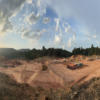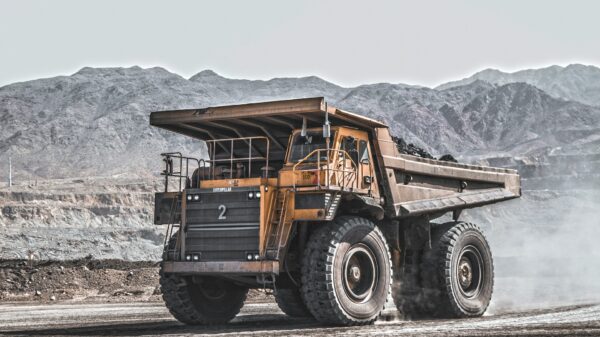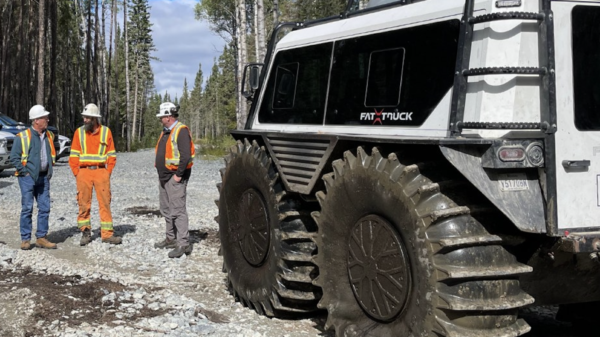Locksley Resources Ltd (OTCMKTS: LKYRF) (ASX: LKY) said Friday that it has upped the strike length of a California antimony target by 400 per cent. Structural mapping has expanded the known mineralized corridor from 300 metres to 1.2 kilometres, the company claims.
In addition to expanding the scale of the Mojave project’s target, the Australian junior says it has identified another structural target running parallel. This expansion and discovery come from the historic Desert Antimony Mine within the project property. Surface assays here have returned grades as high as 46 per cent antimony.
“The fourfold expansion of the Desert Antimony Mine target horizon has fundamentally changed the scale of the opportunity,” said Locksley’s new CEO, Kerrie Matthews, “demonstrating the potential for a much larger mineralized system.”
The past-producing mine is one of many antimony production assets in the United States that have been dormant since the Second World War era. Others include the Stibnite mine being constructed by Perpetua Resources Corp (TSE: PPTA) (NASDAQ: PPTA) and Idaho’s Silver Dollar project under development by Red Mountain Mining Ltd (FRA: RM0) (ASX: RMX).
Locksley’s Mojave operation also hosts the ‘El Campo’ rare earth elements prospect 1.4 kilometres away from the MP Materials Corp (NYSE: MP) (FRA: 55H0) Mountain Pass Mine.
The ASX-listed miner has partnered with a prestigious private university and critical minerals advisory group to help advance the project: Rice University and GreenMet. Rice will be working with the company to develop environmentally-friendly Sb processing tech and GreenMet is trying to help Locksley secure government funding.
“We’re really looking at technologies that could be utilized by the Department of Energy,” said Locksley’s Head of Critical Minerals, Allister Caird, in an interview this week about the Rice partnership.
The first priority of their collaboration is to pioneer an energy-efficient solvent extraction process and the second is investigating antimony’s potential uses for energy storage applications.
In related news, Locksley revealed earlier this week that it has successfully produced a premium-grade antimony (Sb) concentrate with 68.1 per cent Sb. The industry generally considers anything above 45 per cent to be high-grade while the marketable minimum for smelters sits at 55 per cent.
The concentrate was produced from material at the Desert Antimony Mine.
$LKYRF Locksley Resources just sourced a shocking 68% high grade Antimony concentrate!
Also consider today’s news of China limiting its exports of critical minerals, which places an even higher demand on critical mineral projects like Lockskey’s.
ADD TO WATCHLIST:)
Here’s… https://t.co/8cAPtftbzk pic.twitter.com/CkRfrP7zF7— Canadian Jennifer 🇨🇦 (@cdntradegrljenn) October 9, 2025
Read more: NevGold Corp’s limousine Butte drill program targets first Gold-Antimony resource estimate
Follow Rowan Dunne on LinkedIn
rowan@mugglehead.com

